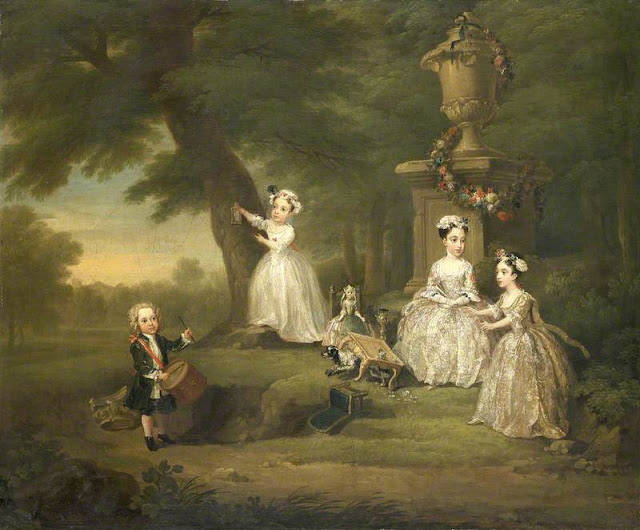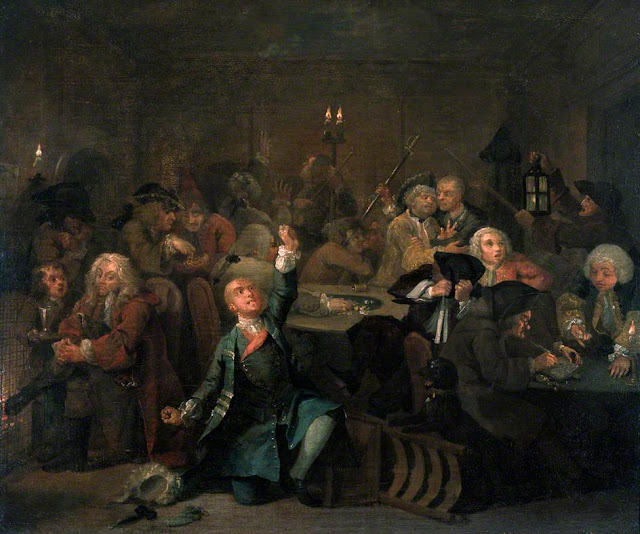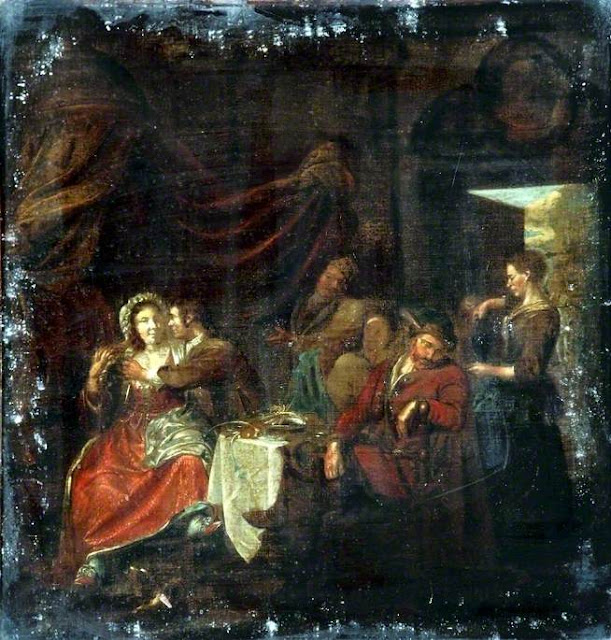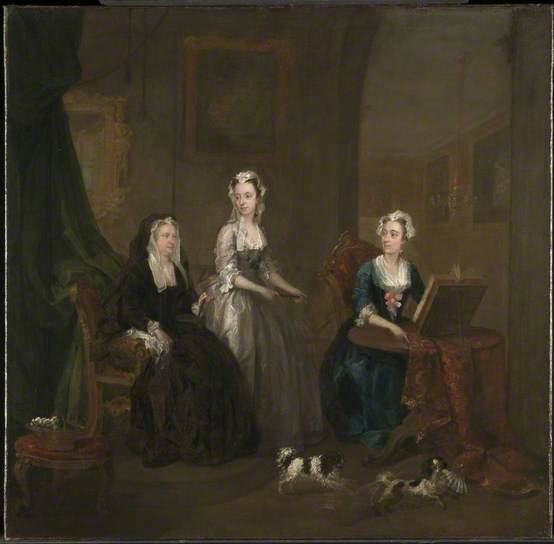William Hogarth (1697 – 1764)
William Hogarth at Artprice. To look at auction records, find Hogarth's works in upcoming auctions, check price levels and indexes for his works, read his biography and view his signature, access the Artprice database.
William Hogarth is unquestionably one of the greatest English artists and a man of remarkably individual character and thought. He is the great innovator in English art. On one hand, he was the first to paint themes from Shakespeare, Milton and the theater, and the founder of a wholly original genre of moral history, which was long known as Hogarthian. On the other, he investigated the aesthetic principles of his art, which resulted in his book “The Analysis of Beauty”(1753).
William Hogarth was born on 10 November, 1697. He was the 5th child of Richard Hogarth, a schoolmaster and classical scholar from the north of England who had come to London in the mid-1680s. His father’s premature death in 1718 affected Hogarth’s early life, his training and forced him to earn money.
In February 1713/14, Hogarth began his apprenticeship to a plate engraver, Ellis Gamble, who was a distant relation. By April 1720, he set up an independent business as an engraver. His first works included a number of commissions for small etched cards and bookplates, and in 1721 he produced two inventive engraved allegories. With these topical prints The South Sea Scheme and The Lottery, which aroused considerable attention, he started his black-and-white satires which made him so widely known in Britain and abroad. His first success as a painter was in the ‘conversational pieces’, in which figure informal groups of family and friends surrounded by customary things from their everyday life. He was not the inventor of the genre, and had many contemporary rivals, but his pictures are marked with his own individuality: The Fishing Party (c.1730), The Wedding of Stephen Bechingham and Mary Cox (c.1730). In 1729, he married a daughter of his painting teacher Sir James Thornhill. The scene from The Beggar’s Opera, the picture of an actual stage, brought him great success, and at about about 1730, he was commissioned for several versions. The result of this accomplishment was the idea of his own ‘theater’: the creation of ‘pictorial dramas’ and reaching wider public through the means of engraving. The first successful series The Harlot’s Progress, of which only the engravings now exist (the originals were burnt in 1755), was immediately followed by the tremendous verve of The Rake’s Progress; the masterpiece of the story series The Marriage a la Mode followed, after an interval of twelve years. Hogarth’ satires were serious moral and social satires, besides being good paintings. In 1935, he opened his own academy in St. Martyn's Lane.
In portraiture, Hogarth displays a great variety and originality: George Arnold (c.1740), Mary Edwards (1742), Bishop Benjamin Hoadly (1743). The charm of childhood, the ability to compose a vivid group, a delightful delicacy of color appear in The Graham Children (1742). The portrait heads of his servants are penetrating studies of character: Hogarth's Servants. (c.1750). The painting of Captain Thomas Coram (1740), the philanthropic sea captain who took a leading part in the foundation of the Foundling Hospital, adapts the formality of the ceremonial portrait to a democratic level. The painter’s character is reflected faithfully in his forthright Self-Portrait with Pug-Dog (1745). The quality of Hogarth as an artist is seen to advantage in his sketches and one sketch in particular, the famous The Shrimp Girl (c.1740-1743) quickly executed with a limited range of color, stands alone in his work, taking its place among the masterpieces of the world in its harmony of form and content, its freshness and vitality. Hogarth died in 1764 in London and is buried in Chiswick cemetery..














































































































ليست هناك تعليقات:
إرسال تعليق